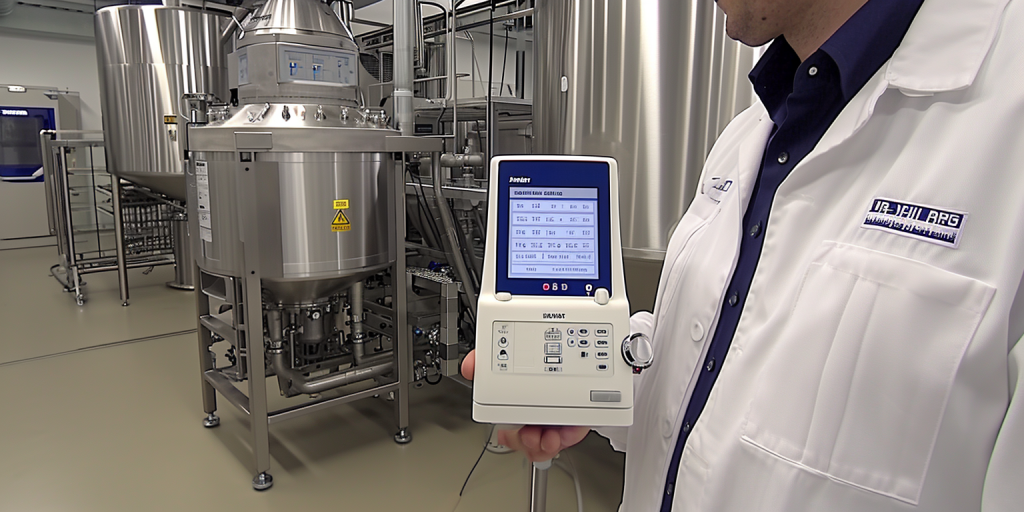
Selecting the Appropriate Flowmeter: 13 Key Considerations
Type of Fluid:
Identify the fluid to be measured—liquids, gases, or slurries. Fluid properties, such as viscosity, conductivity, and chemical composition, directly influence the optimal choice of flowmeter.Flow Rate:
Define your full range of flow rates. Some flowmeters are better suited for handling high flows, while others are more precise at lower flow rates. Ensure your chosen meter aligns with your process.Accuracy Requirements:
Establish the measurement precision needed. Industries such as oil & gas or pharmaceuticals may demand high accuracy, whereas others, like HVAC, can accept broader tolerances.Pressure and Temperature:
Match the meter to your fluid’s operating pressure and temperature range. Specific designs are best suited for extreme environments; check their suitability before making a selection.Installation and Maintenance:
Consider installation and accessibility for service. Some flowmeters require routine calibration or cleaning, so factor in the amount of downtime and effort required for maintenance.Cost:
Balance the initial purchase price with ongoing operational expenses. Weigh performance and value—don’t compromise essential accuracy or reliability just for lower cost.Environmental Conditions:
Assess operating conditions, such as humidity, corrosive atmospheres, and exposure to chemicals and dust. The right materials and meter design will boost longevity and reliability.Size and Space:
Check physical space for installation. Some meters are compact, while others require more space—ensure your system setup can accommodate the meter.Output and Data Requirements:
Determine what kind of signal or data you need—analogue output, digital communications, or advanced protocols like Modbus or HART.Industry Standards and Regulations:
Verify compliance with any relevant regulations or standards in your sector. Regulatory alignment avoids costly issues down the line.Signal Interference:
Consider factors such as electromagnetic or radiofrequency interference, which can impact meter performance—especially in environments with heavy electrical equipment.Long-Term Considerations:
Evaluate durability, spares availability, and future integration or upgrade options for lasting value and reduced support headaches.Application-Specific Features:
Some meters come with features for niche uses, such as sanitary designs for food applications. Select meter features that address your unique needs.
